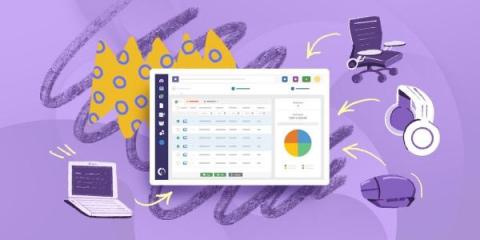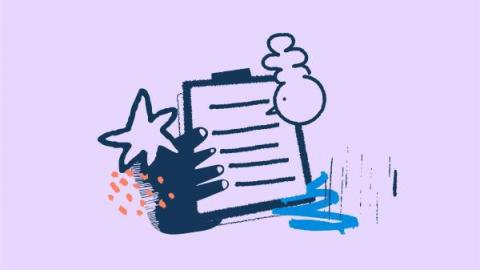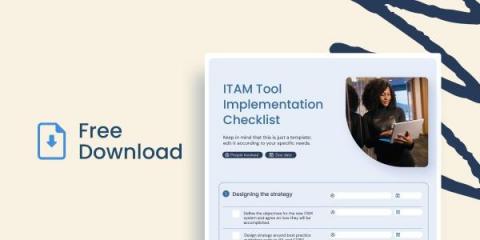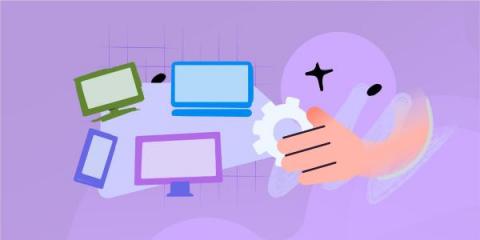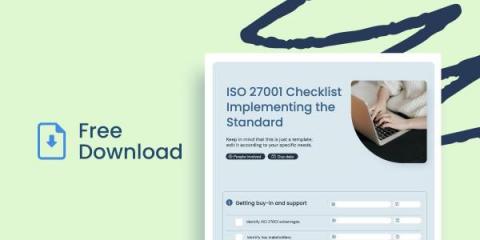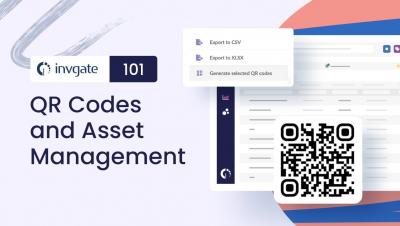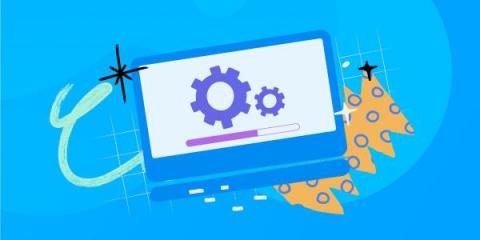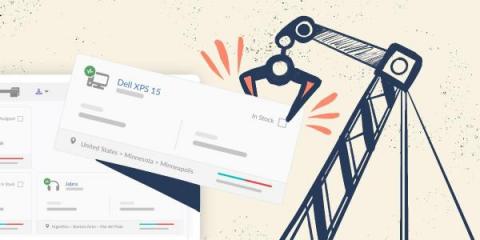The 5 Stages of the ITIL Service Lifecycle
The ITIL service lifecycle is a comprehensive framework for introducing ITIL principles into your organization. It provides a solid structure and valuable knowledge to help ensure the quality and effectiveness of IT Service Management practices are met throughout the whole lifecycle of a service. It was originally contained within ITIL v3 and was replaced by the Service Value System (SVS) in ITIL 4.



